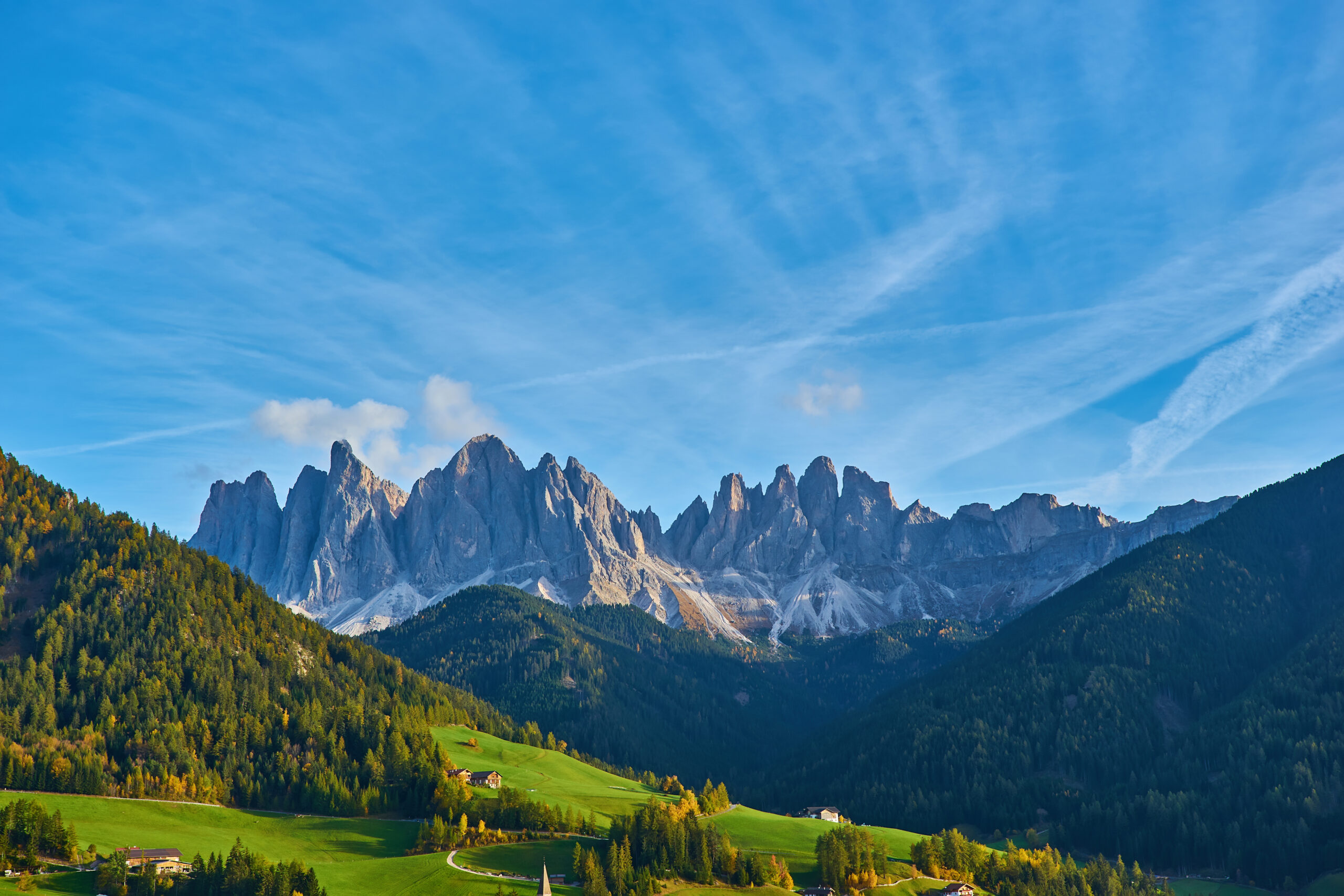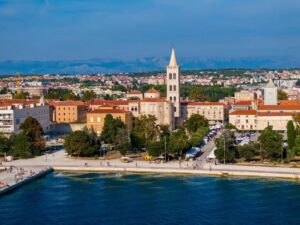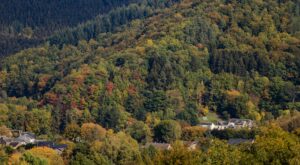The Hidden Villages of the Italian Alps: A Journey Beyond the Tourist Trail

Amazing autumn scenery in Santa Maddalena village with church, colorful trees and meadows under rising sun rays. Dolomite Alps, South Tyrol, Italy.
When people think of Italy, they often picture the rolling vineyards of Tuscany, the sun-soaked Amalfi Coast, or the bustling streets of Rome. But nestled high in the Italian Alps, far from the tourist crowds, lie some of the country’s best-kept secrets—hidden villages where time seems to stand still. These charming alpine hamlets offer breathtaking mountain views, rich traditions, and a glimpse into a quieter, more authentic side of Italy.
If you’re looking for an off-the-beaten-path adventure, grab your hiking boots and get ready to explore the hidden villages of the Italian Alps.
Why Visit the Italian Alps?
The Italian Alps stretch across the northern regions of Piedmont, Lombardy, Trentino-Alto Adige, and Aosta Valley, offering dramatic landscapes of snow-capped peaks, crystal-clear lakes, and lush green valleys. Unlike their more famous Swiss or French counterparts, these mountains remain delightfully underexplored by international travelers.
Beyond their stunning natural beauty, the Italian Alps are home to centuries-old villages where traditions, architecture, and local dialects have been preserved. From wooden chalets with flower-filled balconies to cozy trattorias serving hearty mountain cuisine, every village has a unique charm waiting to be discovered.
Five Hidden Villages You Must Visit
1. Chianale, Piedmont
Chianale is often called one of Italy’s most beautiful villages, and for good reason. Located near the French border in the Varaita Valley, this tiny medieval village is a wonderland of stone houses, narrow cobbled streets, and ancient bridges. The cool mountain air and surrounding larch forests make it an ideal escape in both summer and winter.
Don’t Miss:
- Wandering through the village’s charming alleys.
- Trying the local specialty, polenta concia (polenta with melted cheese).
- Visiting the 14th-century Church of San Lorenzo.
2. Glorenza (Glurns), South Tyrol
Tucked away in the region of South Tyrol, Glorenza is a perfectly preserved medieval town surrounded by defensive walls. Unlike the more touristy areas of the Dolomites, this village remains peaceful and untouched, offering a blend of Austrian and Italian influences.
Don’t Miss:
- Walking along the town’s fortified walls for a panoramic view.
- Visiting the medieval gate towers and cobblestone squares.
- Enjoying a traditional Speck (smoked ham) platter at a local tavern.
3. Clusone, Lombardy
Located in the Bergamo Alps, Clusone is a village rich in art and history. Its main attraction is the fascinating Danse Macabre fresco, a 15th-century artwork depicting the dance of death, painted on the facade of the Oratorio dei Disciplini.
Don’t Miss:
- Seeing the Danse Macabre fresco up close.
- Exploring the village’s colorful Renaissance-era buildings.
- Taking a scenic hike to the nearby Presolana massif.
4. Luserna, Trentino-Alto Adige
Luserna is one of the last remaining villages in Italy where the Cimbrian language, an ancient Germanic dialect, is still spoken. Surrounded by untouched nature, it offers a glimpse into a unique cultural heritage rarely found elsewhere.
Don’t Miss:
- Learning about the Cimbrian culture at the local museum.
- Hiking through the surrounding pine forests and mountain meadows.
- Sampling traditional mountain dishes like canederli (bread dumplings).
5. Etroubles, Aosta Valley
Once a resting stop for travelers on their way to Switzerland, Etroubles is now a charming alpine village known for its well-preserved stone houses and vibrant local art scene.
Don’t Miss:
- Admiring the open-air art installations throughout the village.
- Exploring the nearby Great St. Bernard Pass, one of Europe’s most historic trade routes.
- Enjoying a bowl of fonduta alla valdostana (Aosta Valley-style cheese fondue).
Things to Do in the Italian Alps
While exploring these hidden villages, take advantage of the countless outdoor activities the Italian Alps have to offer:
Hiking and Trekking
The Italian Alps are a paradise for hikers, with trails ranging from gentle valley walks to challenging alpine climbs. Some must-visit routes include:
- Tre Cime di Lavaredo (Dolomites): Stunning peaks and breathtaking views.
- Gran Paradiso National Park: Italy’s oldest national park with rich wildlife.
- Alta Via 1: A long-distance trail through the heart of the Dolomites.
Winter Sports
Skiing in the Italian Alps is an incredible experience, with resorts like Courmayeur, Livigno, and Madonna di Campiglio offering world-class slopes. For something different, try snowshoeing, ice climbing, or dog sledding.
Cultural Experiences
- Festivals: Many villages host traditional festivals featuring music, dance, and local crafts.
- Wine and Cheese Tasting: The Aosta Valley is known for its rich cheeses like Fontina, while Trentino produces excellent wines.
- Thermal Baths: Relax in the warm waters of Bormio or Merano’s thermal spas.
When to Visit?
- Summer (June – September): Best for hiking, scenic drives, and enjoying the alpine meadows in full bloom.
- Autumn (October – November): A quieter time with stunning fall foliage and fewer tourists.
- Winter (December – March): Ideal for skiing, snowshoeing, and experiencing Christmas markets in the Alps.
- Spring (April – May): A lovely time to see wildflowers and explore before the summer crowds arrive.
Final Thoughts
Italy’s hidden alpine villages offer a side of the country that many travelers never see. Whether you’re sipping hot chocolate in a centuries-old chalet, hiking through pristine mountain trails, or exploring medieval streets untouched by time, the Italian Alps promise an adventure filled with beauty, culture, and authenticity.
So, if you’re craving a travel experience away from the usual tourist hotspots, venture into these enchanting alpine hideaways—you won’t regret it!
Have you ever explored the Italian Alps? Share your experiences in the comments!








